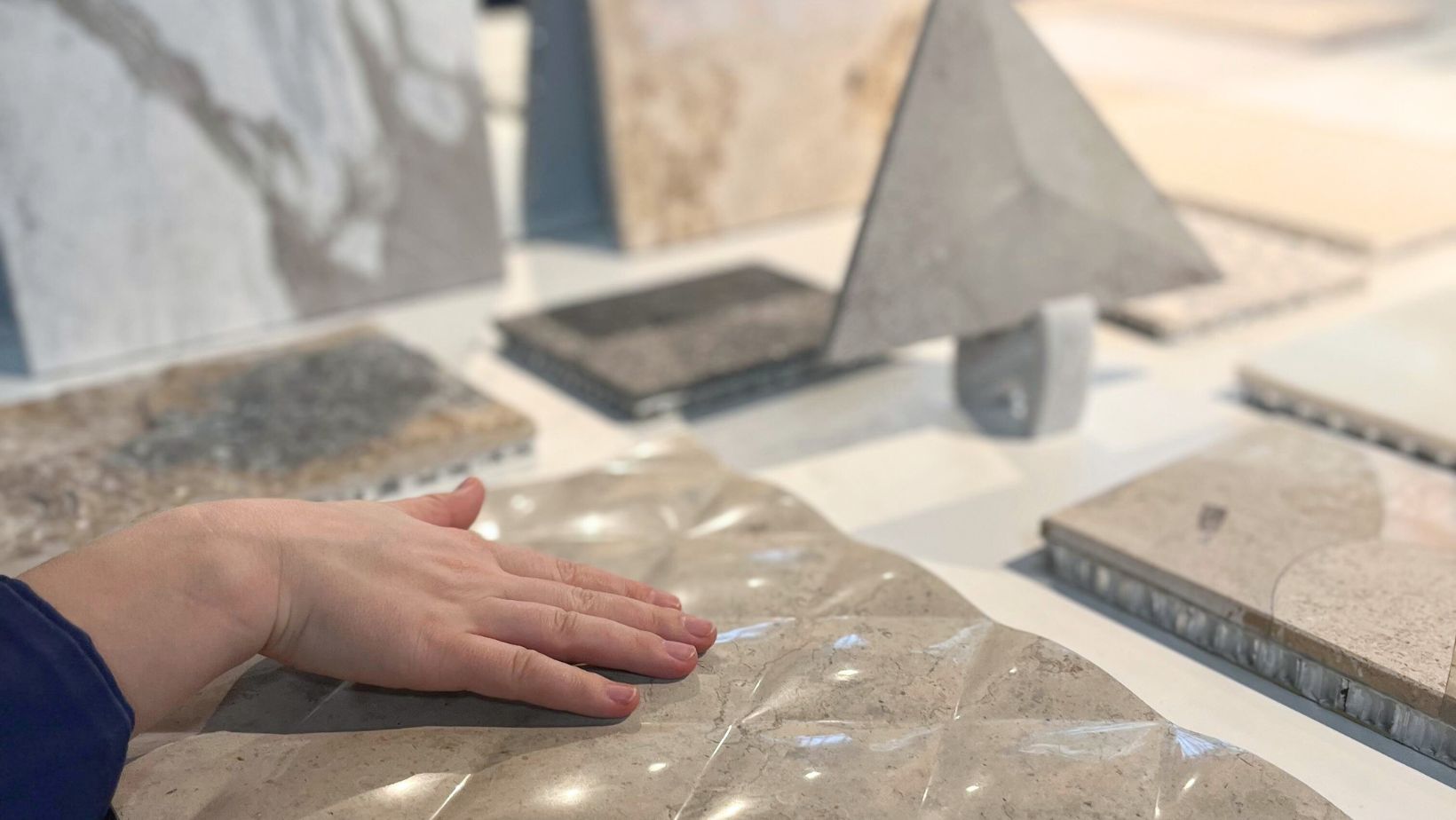Portuguese natural stone is one of the most valued resources in the construction, restoration, and interior design sectors worldwide. Recognized for its quality, durability, and beauty, this raw material has conquered international markets and established Portugal as one of the leading exporters of natural stone in the world. But what makes Portuguese stone so unique and desirable?

Portuguese Natural Stone:
What Makes It Unique and Desirable?



Variety and Richness of Materials
Portugal boasts a remarkable diversity of natural stones, with Estremoz marble, Moleanos limestone, and granite among the most iconic. Each type of stone has unique characteristics that meet the different needs of architects, engineers, and designers. From light and uniform tones to more complex textures, the variety of options makes it versatile for a wide range of projects.
Quality and Durability
Portuguese stone is synonymous with strength and longevity, standing out for its physical and mechanical properties. With its high density, low porosity, and excellent compressive strength, Portuguese stone is known for maintaining its integrity over the years, even when exposed to harsh weather conditions. Extracted from quarries using rigorous processes and crafted with cutting-edge techniques, it remains intact over time, making it ideal for both exterior applications—such as facades and pavements—and sophisticated interiors.
Natural Aesthetics and Sophistication
One of the greatest advantages of Portuguese stone is its timeless aesthetic. The natural look of its textures and shades offers a sophistication that is difficult to replicate with other materials. This makes it a popular choice for high-end projects, such as hotels, historical buildings, and luxury residences.
Sustainability and Environmental Responsibility
With the growing demand for sustainable construction solutions, natural stone stands out as an eco-friendly option. Extraction in Portugal is carried out with environmental respect, adopting practices that minimize ecological impact. Additionally, stone is a 100% natural and recyclable material, reinforcing its commitment to sustainability.
Cultural and Historical Heritage
The use of natural stone in Portugal dates back centuries, playing a central role in the construction of historic monuments. Iconic examples include the Batalha Monastery, with its intricate limestone details; the Jerónimos Monastery in Lisbon, built in Lioz stone and classified as a UNESCO World Heritage Site; and the National Palace of Mafra, an architectural landmark made of limestone and marble. This cultural heritage adds special value to Portuguese stone, making it particularly significant for rehabilitation and restoration projects, such as the restoration of churches and historic palaces across the country.
International Recognition
The quality and beauty of Portuguese stone have conquered international markets.
Portugal is one of the key players in the natural stone sector, ranking seventh worldwide in production and extraction. Today, Portuguese stone is mainly exported to countries such as France, China, Spain, and the USA. This global success reinforces Portugal’s reputation as a reference in the natural stone industry.
Conclusion
The uniqueness of Portuguese natural stone lies in the perfect combination of beauty, quality, durability, and environmental responsibility. This natural resource reflects not only the country’s geological richness but also its ability to innovate while preserving traditions. The growing demand for Portuguese stone in the global market is proof of its unparalleled value, continuing to position Portugal as a leader in this sector of excellence.
